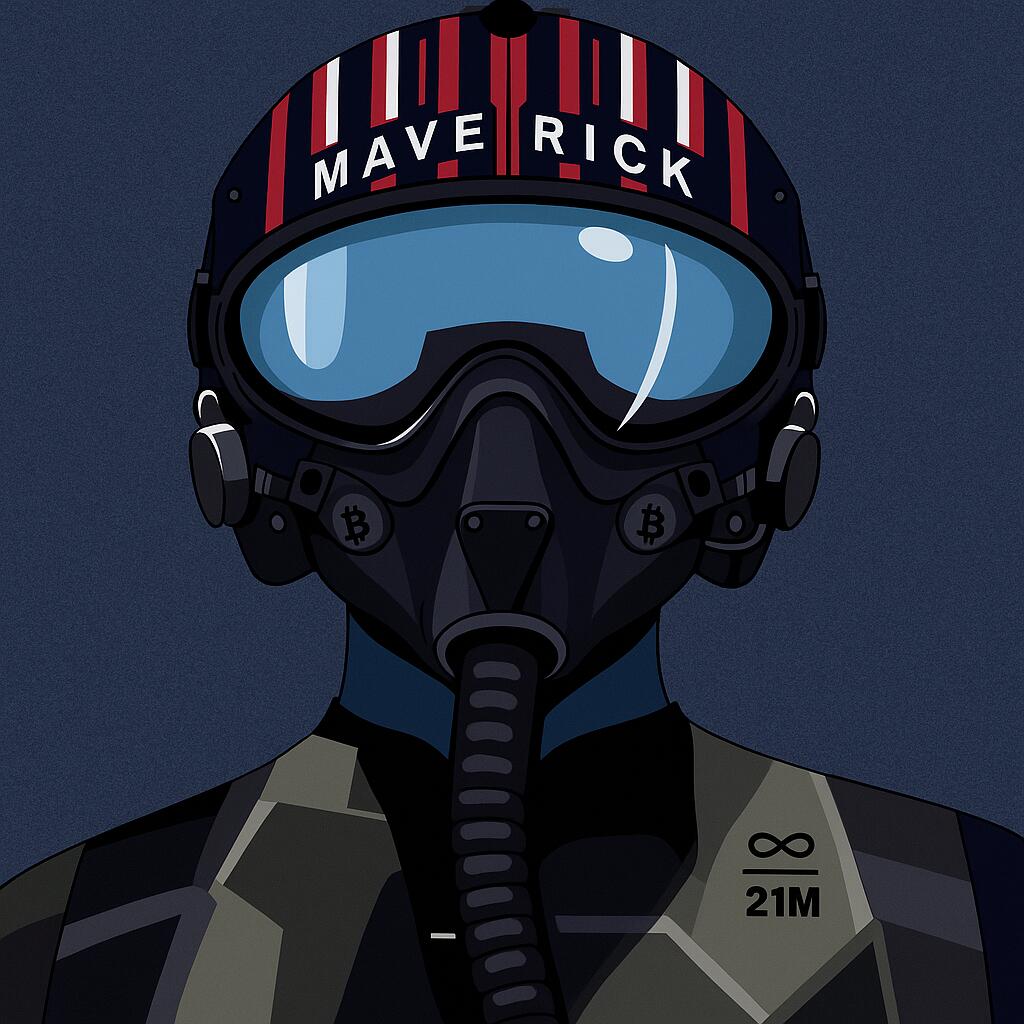Jay Report: Everything You Need to Know About the Conflict in Syria
The recent eruption of violence in Syria began on July 11, when a Druze merchant was reportedly abducted and robbed along the Damascus-Suweida highway. The incident triggered outrage among Druze militias, who accused members of Bedouin tribes of being behind the attack, leading to swift and armed retaliation.
Escalation in Suweida
By July 13, fierce clashes had spread throughout Suweida and nearby regions, as sectarian tensions between Druze factions and Bedouin fighters escalated rapidly. The Syrian Observatory for Human Rights (SOHR) and local medical sources estimated 30 to 50 people killed and over 150 injured, many of them civilians.
Syrian Government Forces Intervene
That same day, the Syrian transitional government, led by interim President Ahmed al-Sharaa, deployed internal security units to try to contain the violence. However, Druze leaders accused factions within these government-aligned forces—particularly fighters with ties to Hay’at Tahrir al-Sham (HTS)—of targeting Druze neighborhoods.
Shocking footage began to surface online, showing disturbing scenes of Druze civilians being executed. In several cases, soldiers were seen humiliating victims by ripping off their mustaches either before or after execution—an act loaded with cultural insult. Other graphic videos appeared to show Syrian troops filming themselves killing Druze prisoners of war, as well as piles of bodies and scenes of atrocities that further fueled community anger.
Israeli Response
On July 15, the Israel Defense Forces (IDF) launched airstrikes on Syrian military positions in and around Suweida, claiming the targets posed an immediate threat to Druze civilians. Israeli Defense Minister Israel Katz described the strikes as a “warning shot” and warned of further action if attacks on Druze communities did not cease.
Later that day, Suweida Governor Moustafa al-Bakkour and prominent Druze religious figure Sheikh Hammoud al-Hinnawi publicly called for a de-escalation. A brief ceasefire—brokered with U.S. and Turkish support—was announced but quickly collapsed, with violations by HTS-aligned forces.
Atrocities Continue and Israeli Strikes Expand
On July 16, reports of massacres resurfaced. New videos circulated showing HTS militants laughing over corpses and continuing abuse of Druze civilians. Particularly shocking was the reported capture and killing of elderly Druze Sheikh Marhej Shaheen, who was said to have been executed in his home in Al-Tha’la after Syrian troops stormed in, mocked him, removed his mustache, and allegedly violated him.
In response, Israel announced it would escalate military operations to protect Druze populations. That evening, the IDF conducted additional strikes, targeting military infrastructure near Damascus, including a building adjacent to the Ministry of Defense, sites close to the presidential palace, and renewed bombardments in Suweida and Daraa.
The Syrian Ministry of Health reported three deaths and 34 injuries in the latest wave of Israeli attacks.
U.S. Pressure and Ceasefire Agreement
According to Israeli officials, the strikes were carried out in full coordination with the United States. One senior Israeli source emphasized that southern Syria is a strategic buffer zone, stating, “Israel will not allow jihadist forces to entrench near its border.”
The U.S. government called on all factions—Syrian forces, HTS fighters, and others—to withdraw from Suweida. Washington also urged Israel to limit the scope of its military actions while efforts to negotiate a new truce were underway.
By late July 16, under U.S. pressure, Syrian government troops withdrew from Suweida as part of a ceasefire agreement with Druze leaders. The move marked the end of several days of bloody fighting that left at least 260 people dead, according to the Syrian Observatory for Human Rights.
Uncertain Future
Whether this ceasefire marks the beginning of a lasting peace or merely a temporary pause in hostilities remains unclear. Sectarian tensions and the involvement of regional powers suggest the situation could reignite at any moment.


